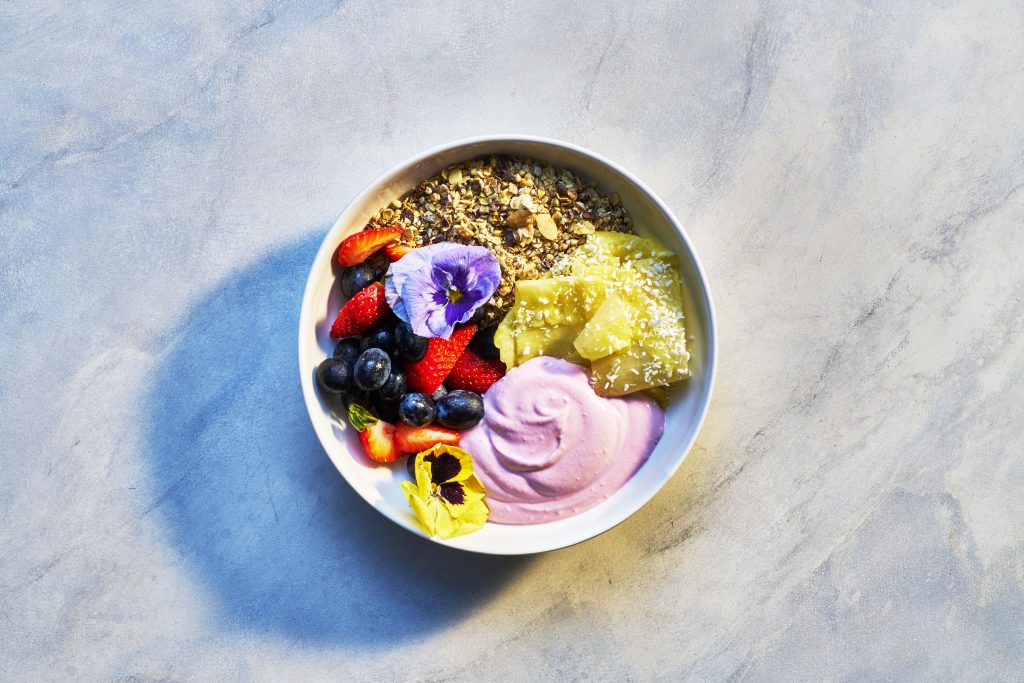Fibre: A 101

What is fibre?
Dietary fibre is a type of carbohydrate, sometimes known as roughage and refers to the indigestible parts of plant-based foods. Unlike other carbs such as sugars and starch, fibre is not digested and broken down into digestible sugar molecules in the small intestine.
As dietary fibre is not digested in the small intestine it reaches the large intestine or colon pretty much intact.
The different types of fibre
Soluble fibre
This includes pectins and beta glucans, found in things like oats, beans, lentils and fruits. It dissolves in water to form a gel-like substance, which increases food transit time between the stomach and the small intestine. This process slows the absorption of glucose into the bloodstream, which helps to keep you feeling fuller for longer (or at least until lunchtime rolls around) and also promotes more stable blood sugar levels.
Soluble fibre also supports the growth of the good bacteria required for optimal gut health.
Insoluble fibre
This includes cellulose and lignins, found in whole grains, many veggies and nuts. As the name explains, insoluble fibre does not dissolve in water. It remains relatively intact and so speeds up the passage of food through the digestive system. This helps to maintain good digestive health by increasing stool bulk, promoting regularity and also prevents constipation.
Note, most fibre-rich foods usually contain both types of fibre, but the amount of soluble vs insoluble varies.
The benefits of fibre
Fibre has a wealth of benefits. It promotes optimal digestive health, a happy gut and helps stabilise blood sugar levels. It has also been suggested that it can improve weight maintenance by helping with feelings of satiety and has even been said to reduce the risk of cardiovascular disease, type 2 diabetes and bowel cancer.
How much fibre should we be having?
We should aim to consume around 30g per day, which should come from a combination of both soluble and insoluble fibre. On average, however, we consume far less than this – approx 18g.
How can we get more fibre in our diets?
- Go for a high fibre breakfast such as overnight oats with a fruit salad, top with fruit.
- Pick wholemeal / wholegrain bread and pasta, brown rice, quinoa or bulgar wheat over refined carbohydrates to have with your meals.
- Make sure you’re having plenty of vegetables at each meal time – either added to curries, sauces or stews or serve on the side.
- Add beans, lentils or chickpeas to stews, curries and salads or even try and make your own dips e.g. hummus.
- Mix up your snacks – include things such as fruit, nuts, seeds and crudites.
- Rethinking Happy Hour: The Science Behind Alcohol and Health - January 23, 2025
- The Truth About Carbs: Breaking Down the Science Behind This Vital Nutrient - January 15, 2025
- Detoxing vs. Nourishing: The Science of Post-Holiday Resets - January 3, 2025